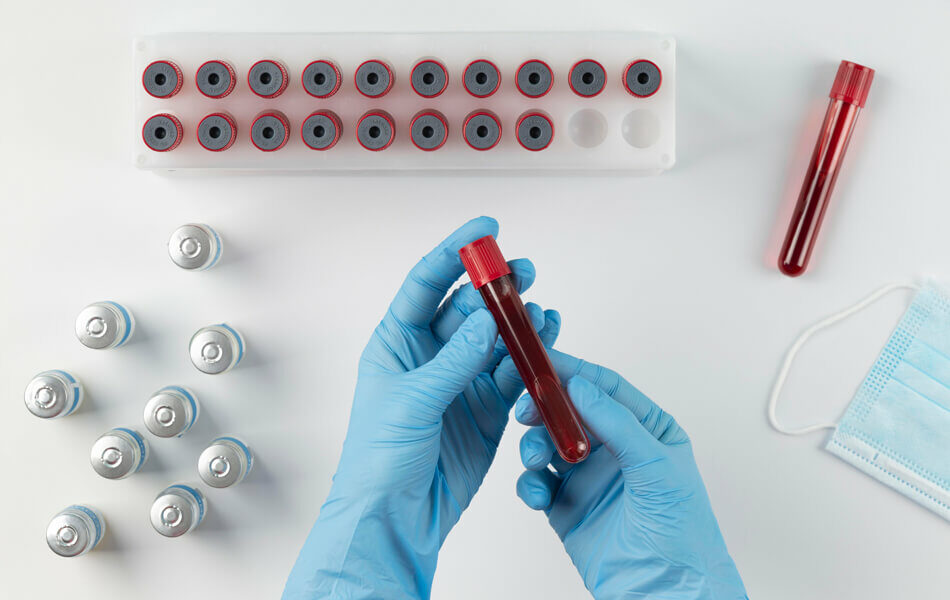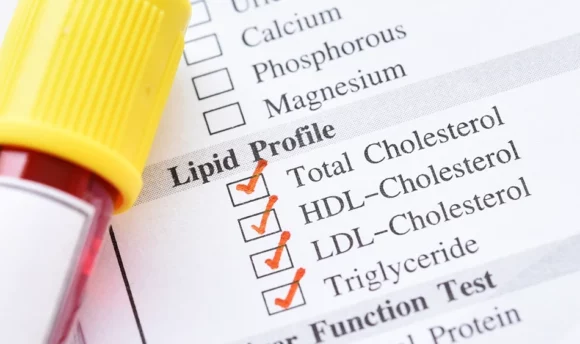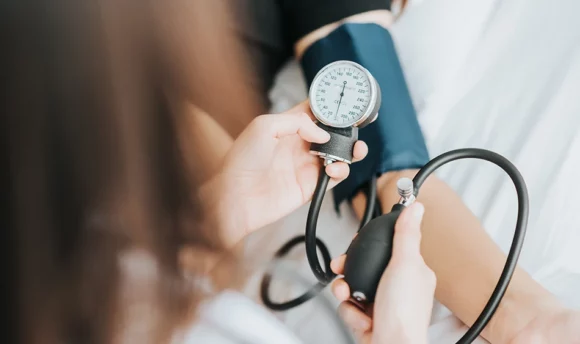How to Increase Hemoglobin: 6 Remedies to Try
Not having enough hemoglobin in your system can produce many negative physical effects. So, how can you avoid that? What are the best ways to maintain healthy red blood cells? We explain what hemoglobin is and how you can increase it with 6 remedies.

Iron deficiency or anemia occurs when you have low levels of hemoglobin.
Hemoglobin is an iron-containing protein that keeps red blood cells healthy.
People without enough protein usually face symptoms like fatigue, shortness of breath, chest pain, and pale skin. Hemoglobin is very important for transporting oxygen to your body’s organs and tissue. It can also carry carbon dioxide back to your lungs.
If you suffer from anemia, you might think – how can I get more protein? What are the best ways to increase my hemoglobin? These are questions we can easily address.
In this article, you’ll discover how to increase hemoglobin using 6 home remedies.
What Does It Mean When Your Hemoglobin Is Low?
Low hemoglobin levels mean your body isn’t producing enough healthy red blood cells. This can lead to health conditions like anemia that make you feel tired and weak. Your body isn’t receiving the ideal amount of oxygen that helps it to perform effectively.
The lack of hemoglobin in your system makes it hard for blood to carry oxygen and eliminate CO2 efficiently. Abnormal red blood cells usually weaken your whole body and increase the risk of respiratory failure – a life-threatening condition that starts shutting down main organs.
Doctors usually perform tests to see if you have a medical condition that represents iron, vitamin B-12, or folate deficiency. If they discover your hemoglobin level is less than 5.0 grams per deciliter (g/dl), you’ll most likely receive quick treatment to prevent heart failure or death.
How to Increase Hemoglobin
There are plenty of ways you can treat iron deficiency anemia. It could be simple things like changing your diet or monitoring what supplements you need throughout the day.
Let’s take a look at six home remedies for increasing low levels of hemoglobin:
#1 Eat foods that are rich in iron
Iron is a mineral the body needs to make hemoglobin.
Foods that are full of iron can hugely benefit your health. This might be red meat, seafood, green leafy vegetables, dried fruit, peas, legumes, and spinach. Consuming enough iron can increase oxygen levels and help endocrine glands to make some hormones.
Your body can absorb iron better through iron-rich food consumption. Try to incorporate these products into your everyday diet to prevent discomforting symptoms.
#2 Take iron supplements
Taking iron supplements might help balance hemoglobin production in your red blood cells.
You can easily consume these daily before or after meals. Most people have capsule-based supplements that treat and prevent low iron levels. Adults should take no more than 45 mg a day to ensure their gastrointestinal system isn’t damaged from too much iron.
#3 Drink nettle tea
Nettle tea is a concoction of nettle leaves and boiled water. All you need to do is add one tablespoon of leaves to the water and let them soak for a few minutes. Once that time is up, simply drain the nettles and drink the nutritious tea once it’s cooled down properly.
The nettle plant leaves are full of iron, vitamin C, vitamin A, and folate that help increase iron absorption in your body. Nettles also have anti-inflammatory properties – a great source that may prevent heart disease, high blood pressure, organ failure, and joint pain.
#4 Include vitamin C in your diet
Vitamin C acts like a “double agent” when helping to boost iron absorption. It encourages your body to store more iron and produce healthy red blood cells, further preventing anemia-like conditions. You can find vitamin C in citrus fruits like oranges, kiwi, lemon, grapefruit, and limes.
#5 Exercise more
Performing more physical activity during the day can help your body absorb extra iron from food or supplements. You can go for a long run in the morning before eating breakfast.
Athletes who went for a 90-minute morning run absorbed 40% more iron. They consumed their first meal 30 minutes after completing the exercise. If you leave the physical activity until later in the day, you might already feel tired, and your body won’t absorb nutrients from iron-rich foods.
#6 Avoid iron blockers
Iron blockers like coffee, soda, and alcohol can contribute to low hemoglobin levels. This is due to the dehydration effects that stop your body from acquiring enough iron intake. You can limit these drinks and focus on drinking more water or herbal teas containing vitamin C.
Foods That Increase Hemoglobin
Here are some examples of foods that can increase low hemoglobin levels:
| Food Type | Name |
| Meat and fish | Red meat, oysters, clams, chicken, turkey |
| Fruits | Watermelon, apricot, oranges, strawberries, peach, persimmons, banana, peach, kiwi, apple |
| Vegetables, leafy greens, and legumes | Beetroot, cauliflower, spinach, asparagus, kale, tomatoes, green peas, edamame, chickpeas, various beans, broccoli |
| Other | Nuts and seeds, nettle, dark chocolate, yogurt, eggs, dried dates, figs |
How Much Iron Does a Person Need a Day?
Men older than 19 need 19.3–20.5 mg of iron a day, and women older than 19 need 17.0–18.9 mg in their daily iron intake. This is enough to prevent iron deficiency or symptoms like extreme fatigue, chest pain, brittle nails, and headaches.
People usually have iron-rich foods in their diet that feed them energy throughout the day. Even simple foods like beef have at least 2.44 mg of iron per 100 g serving. You can incorporate more of these healthy foods into your diet to prevent sickle cell anemia.
Not eating many iron-fortified foods may lead to low hemoglobin levels, producing many uncomfortable side effects. Constant migraines, shortness of breath, and even fainting spells are possible. Always try to reach the recommended daily intake so your body can absorb iron.
What Causes Low Hemoglobin Levels?
A lack of iron-rich protein in your diet can trigger low hemoglobin levels – a state in which the body lacks oxygen. There are also certain diseases like hyperthyroidism or chronic kidney disease that stop your body from producing enough red blood cells.
Those who don’t have a medical condition but still feel weak and exhausted might not be consuming the right foods. Your diet is very important for getting valuable nutrients like iron, protein, and vitamin C. Dietary changes would be required to combat these physical symptoms.
Some people are born with a disease that stops the body from transporting oxygen properly. Hemoglobin specifically carries carbon dioxide. If it can’t do that, hypercapnia might occur. This happens when too much CO2 runs through your bloodstream and affects organs.
FAQs
Beetroot juice is one of the best drinks to have when increasing hemoglobin levels. It’s full of iron-rich protein, potassium, and fiber that contribute to a healthy blood count. Spinach and mint juice is another great choice, as it holds plenty of iron, manganese, and vitamin C.
Yes, drinking lots of water is very important for keeping blood cells healthy. Hydration is often key in iron-deficient athletes who feel tired constantly. Efficient water intake also encourages smooth blood flow in your body, leading to better oxygen transportation and CO2 elimination.
Foods rich in calcium, tannin, gluten, phytate, and oxalic acid should not be part of your everyday diet. These minerals can disrupt the iron absorption in your body, leading to low hemoglobin. Always talk to a doctor if you’re unsure about what to avoid and eat.
It might take around 24 hours or more for hemoglobin levels to balance in your body. This can depend on how much blood you lost and how you’re currently feeling. The greater the blood loss, the more likely you’ll have to wait longer to notice positive physical changes.
A Word From Our MD
Having a low hemoglobin count may trigger uncomfortable symptoms that last a few days. Many people take an iron supplement or eat foods rich in vitamin C that boost their health again. Your body needs these essential nutrients to function properly and avoid nutritional deficiencies.
It might be obvious to eat more iron-rich foods, but they really help to maintain hemoglobin levels. Citrus fruits, leafy green vegetables, red meats, and nuts are just a few great options. A blood test might be helpful if you’re unsure about how you’re physically feeling.
Talk to a doctor about your physical symptoms, as they can help provide medication or diet plans. It’s always better to seek medical advice before the low hemoglobin count turns into anemia. Understanding more about insufficient iron is important for eating the right products.
Conclusion
So, how do you increase hemoglobin levels?
Take an iron supplement or eat iron-rich foods, including leafy greens. You can also exercise more to help the body absorb plenty of nutrients. Making these small changes will hugely benefit your overall health and prevent uncomfortable symptoms.
Always talk to a doctor if you think you might have anemia or another medical condition that affects blood cells.

















































 Select your language:
Select your language: 








